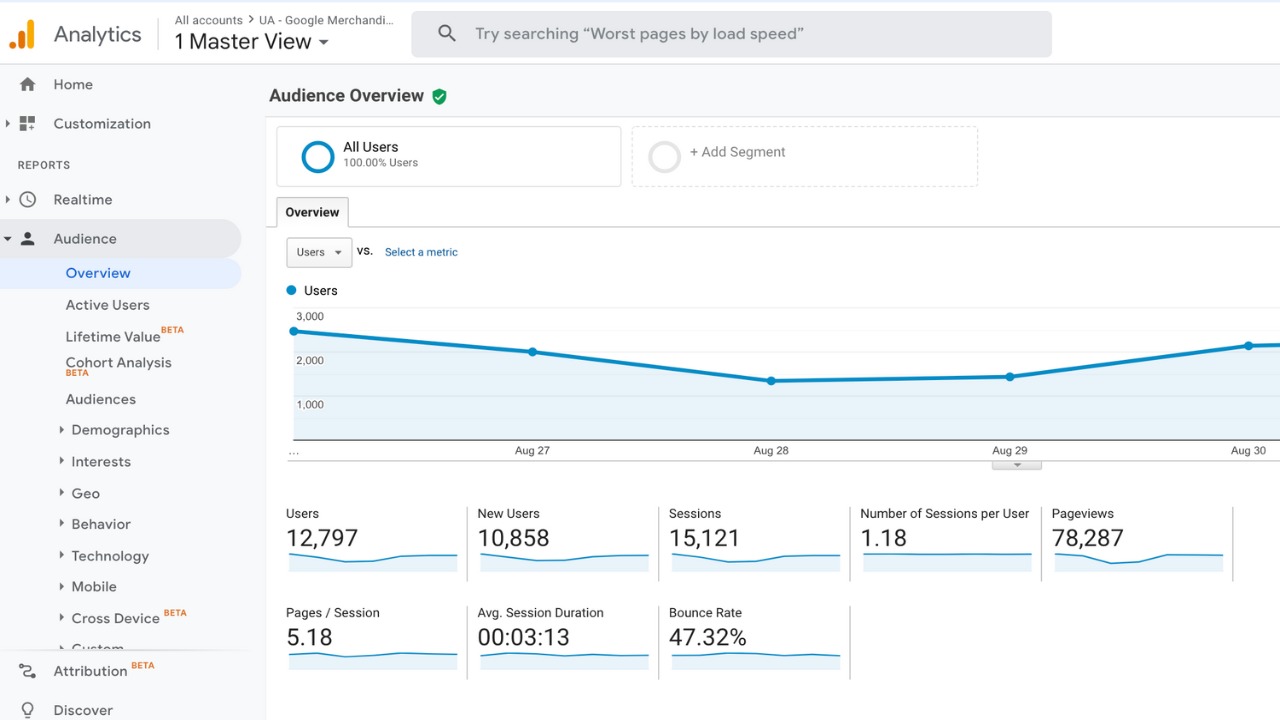Web security is of utmost importance in today’s interconnected world. With the increased reliance on digital platforms for various activities, securing your web applications is crucial to protect your valuable digital assets. In this article, we will delve into the basics of web security and explore the steps you can take to ensure a secure web application. Neglecting web application security can have severe consequences, as we will examine through real-life examples of data breaches caused by insecure web applications. Webmasters can also find valuable security measures to safeguard their websites and prevent potential threats. Leveraging Google Analytics can contribute to web security and data protection, providing insights into potential vulnerabilities. Additionally, we will discuss the dangers of malware and ransomware attacks on web applications and provide strategies to combat them. The role of Virtual Private Networks (VPNs) in ensuring web security cannot be undermined, and we will explore their significance. Lastly, we will highlight the risks of phishing attacks and share preventive measures to identify and avoid such threats.
The Basics of Web Security

As you step into the world of web security, understanding the significance of securing web applications is paramount. Web applications serve as gateways to your digital assets, and any vulnerabilities can be exploited by malicious actors to gain unauthorized access. By focusing on application security, you can strengthen your web applications and protect your valuable data. Application security encompasses multiple layers of protection, including secure coding practices, regular updates and patches, and robust authentication mechanisms. It requires a comprehensive understanding of potential vulnerabilities and the implementation of appropriate measures to prevent unauthorized access, data breaches, and information leaks. With strong web security practices in place, you can ensure the confidentiality, integrity, and availability of your digital assets.
Ensuring a Secure Web Application
To ensure a secure web application, you need to follow a series of key steps. Begin by conducting comprehensive vulnerability assessments and penetration testing to identify potential weaknesses. Implement secure coding practices to minimize vulnerabilities from the ground up. Regularly update and patch your web application and its dependencies to address any known security flaws. Employ strong and unique passwords, and consider implementing multi-factor authentication to enhance authentication security. Encrypt sensitive data both in transit and at rest to prevent unauthorized access. Implement access controls and roles to restrict user permissions and limit potential damage in the event of a breach. Regularly monitor and log user activity to detect and respond to any suspicious behavior promptly. By following these steps and staying vigilant, you can significantly enhance the security of your web application.
Importance of Web Application Security
Neglecting web application security can have severe consequences, putting your digital assets and user data at risk. Numerous real-life examples demonstrate the impact of insecure web applications on organizations and individuals. Major data breaches caused by insecure web applications have led to significant financial losses, reputational damage, and compromised user information. It is crucial to understand that web application security is not a one-time task but an ongoing process. By proactively addressing security vulnerabilities and staying updated with evolving threats, you can mitigate the risks associated with insecure web applications. Prioritizing web application security demonstrates your commitment to protecting your users’ data and maintaining their trust in your organization.
Security Measures for Webmasters
Webmasters play a critical role in ensuring the security of their websites. By implementing essential security measures, webmasters can mitigate potential risks and protect their web applications against attacks. Some key measures include keeping software and plugins up to date, regularly backing up website data, and employing a reliable web hosting provider with strong security measures. Webmasters should also use secure communication protocols such as HTTPS and enforce strong password policies for user accounts. Regular security audits, vulnerability scanning, and web application firewalls can provide an extra layer of protection. Educating oneself about current web security best practices and staying informed about emerging threats is essential for effective webmaster security. By taking these measures, webmasters can enhance their website’s security posture and safeguard their digital assets.
Leveraging Google Analytics for Web Security

Google Analytics offers valuable insights into website traffic, user behavior, and potential security vulnerabilities. By utilizing Google Analytics, web administrators can gain visibility into potential threats and identify areas that require attention. The tool provides data on website traffic sources, the behavior of users on the website, and even suspicious activities that might indicate a security breach. Web administrators can set up custom alerts and notifications to receive real-time updates on anomalies or suspicious behavior. These insights empower web administrators to take proactive measures to address vulnerabilities, such as strengthening authentication mechanisms, resolving potential data leakage points, and enhancing overall website security.
Protecting Against Malware and Ransomware Attacks
The dangers of malware and ransomware attacks on web applications cannot be underestimated. Malicious software can exploit vulnerabilities in your web application, compromise user data, and even encrypt files for ransom. To protect against these threats, it is essential to adopt proactive measures such as regularly updating and patching your software, employing robust firewalls, and using reliable antivirus software. Educating employees and users about the risks of downloading suspicious files and practicing safe browsing habits is crucial. Implementing intrusion detection and prevention systems can also help detect and mitigate malware and ransomware attacks promptly. By adopting a multi-layered approach to web security, you can significantly reduce the risks associated with malware and ransomware attacks.
The Role of VPN in Web Security
A Virtual Private Network (VPN) plays a vital role in ensuring web security by encrypting and securing data transmission between a user and the internet. VPNs provide an additional layer of protection, especially when connecting to public Wi-Fi networks or accessing sensitive information remotely. By routing your internet connection through a VPN server, you can conceal your IP address and encrypt your data, making it significantly harder for attackers to intercept or eavesdrop on your online activities. VPNs also enable users to bypass geographical restrictions, enhancing both security and privacy. When choosing a VPN, consider factors such as strong encryption protocols, a strict no-logs policy, and a wide range of server locations. By using a VPN, you can greatly enhance your web security and protect your digital assets from potential threats.
Combating Phishing Attacks
Phishing attacks continue to be a significant threat to web security, with attackers attempting to deceive users into revealing sensitive information or downloading malicious content. To combat phishing attacks, it is crucial to educate users about the risks and provide them with best practices to identify and avoid such threats. These include paying close attention to the URL of websites they visit, double-checking email senders and links before clicking, and being wary of unsolicited requests for personal information. Implementing email filters and anti-phishing software can also help detect and block phishing attempts. By fostering a culture of awareness and equipping users with the necessary knowledge, you can effectively combat phishing attacks and protect your web applications.
In conclusion, web security is vital for protecting your digital assets in today’s interconnected world. By understanding the basics of web security, securing your web applications, and prioritizing the implementation of security measures, you can significantly reduce the risks associated with cyber threats. Leveraging tools such as Google Analytics, VPNs, and adopting preventive measures against malware, ransomware, and phishing attacks are essential steps in your web security journey. By taking these measures and consistently staying updated on evolving security threats, you can safeguard your valuable digital assets and maintain the trust of your users.